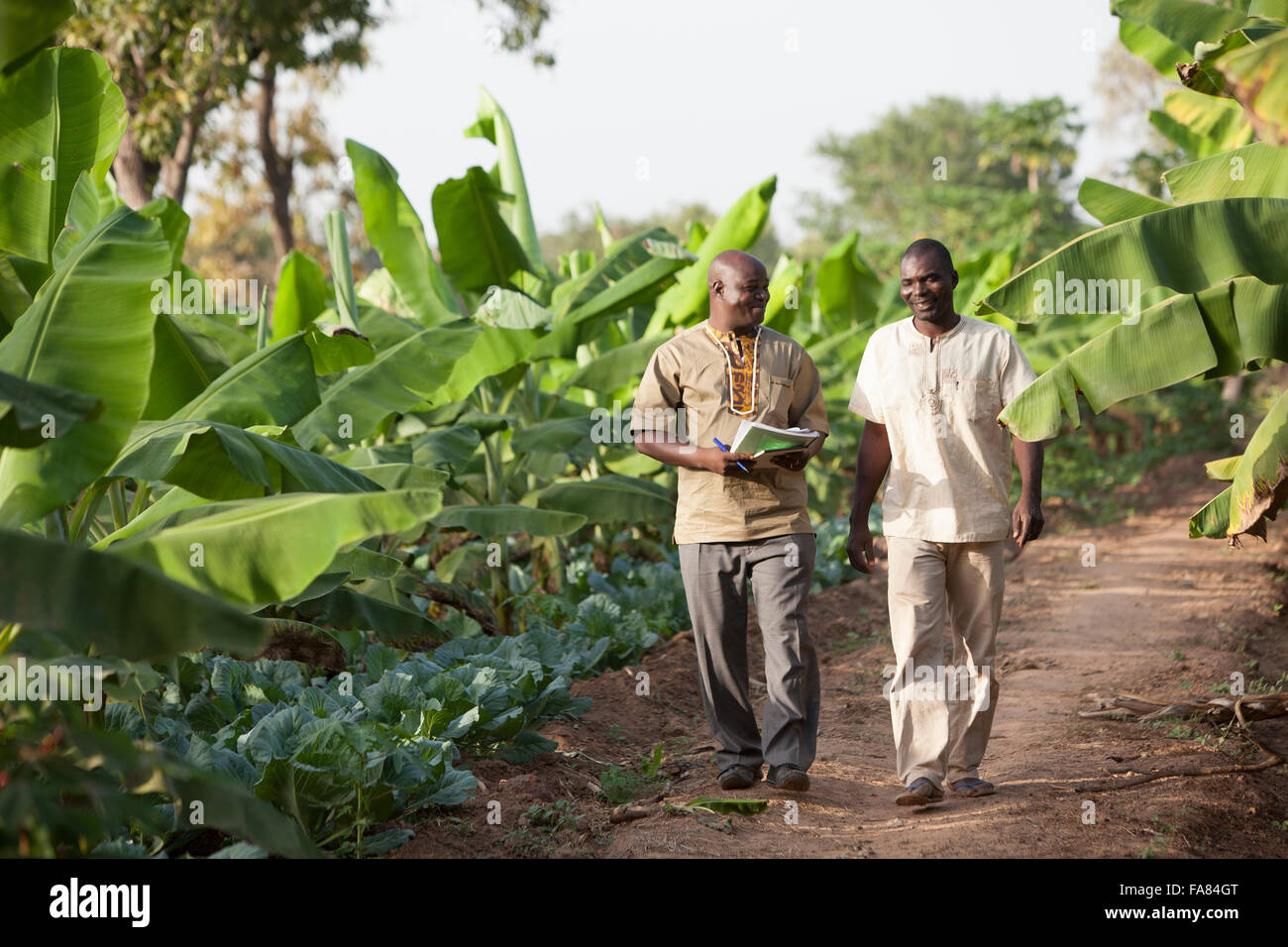The Economic Practicality of Commercial Farming vs Subsistence Farming in Rural Areas
The Economic Practicality of Commercial Farming vs Subsistence Farming in Rural Areas
Blog Article
An Extensive Check Out the Difficulties and Benefits of Modern Farming
Modern farming stands at the crossroads of development and sustainability, providing a wide variety of possibilities and obstacles. With advancements like precision farming and biotechnology appealing boosted performance, the industry all at once comes to grips with crucial issues such as ecological degradation and socio-economic variations. As we explore the detailed equilibrium between technical progress and its wider influences, the inquiry develops: can we accomplish a lasting future that profits both the environment and farming neighborhoods? The course onward demands a careful examination of these characteristics, welcoming stakeholders to consider the potential for transformative adjustment in farming methods and policies.
Technological Developments in Farming
Advancements such as precision biotechnology, automation, and agriculture have changed conventional farming practices, enabling for even more lasting and successful operations. Precision agriculture makes use of GPS innovation, sensing units, and information analytics to enhance field-level management concerning plant farming.
Automation in farming has better moved the sector forward, with the intro of autonomous tractors, drones, and robotics. These innovations reduce labor requirements and enhance functional rate, permitting timely planting and harvesting. Drones, particularly, give beneficial aerial images and data, helping farmers in keeping an eye on plant health and wellness and identifying problems early.
Biotechnology has likewise played a critical role in progressing farming practices. Collectively, these technical innovations have laid the foundation for an extra sustainable and resistant farming future.
Environmental Obstacles
Farming deals with numerous environmental obstacles that threaten its sustainability and productivity. The long-term practicality of agricultural land is endangered, demanding the fostering of more lasting practices.
Water shortage is one more significant challenge, especially in regions where farming heavily counts on irrigation. Environment modification is increasing this concern, altering precipitation patterns and increasing the frequency of dry spells. Efficient water management systems, such as drip irrigation and rainwater harvesting, are vital to reduce these impacts, but their implementation remains unequal throughout different regions.
Additionally, agriculture is both a contributor and a sufferer to environment adjustment. Dealing with these ecological obstacles is crucial for making certain a lasting farming future.

Financial Effects
The economic impacts of contemporary farming are multifaceted and profound, influencing both regional and international markets. Developments in innovation and production techniques have actually considerably raised agricultural performance, leading to extra effective food supply chains and lowered expenses for consumers.
The capital-intensive nature of modern farming calls for significant financial investment in machinery, fertilizers, and genetically customized seeds, which can be financially troublesome for small-scale farmers. Additionally, international market fluctuations can influence the profitability of agricultural exports, making economic climates reliant on agriculture at risk to economic instability.
Additionally, subsidies and profession policies in industrialized countries can distort market value, affecting competitive balance and possibly disadvantaging farmers in developing nations. Generally, while modern-day agriculture drives financial growth, it likewise demands browsing complicated financial landscapes to make sure lasting and equitable growth.
Social Effects
While contemporary farming has brought around considerable improvements, it also provides different social ramifications that warrant consideration. As corporate farming entities progressively control the farming landscape, smaller ranches typically struggle to complete, leading to the disintegration of rural neighborhoods and typical farming techniques.

Such techniques could also restrict consumer selections and decrease the capability of neighborhood neighborhoods to manage their food resources. As these social ramifications unfold, it becomes crucial to address them to guarantee fair and lasting agricultural advancement.
Future Directions
Looking ahead, numerous encouraging avenues for contemporary agriculture can deal with the challenges encountered today while fostering sustainable growth. Advances in technology, such as precision farming, supply the prospective to enhance source use and increase efficiency. By utilizing information analytics and maker knowing, farmers can make informed choices pertaining to crop administration, leading to decreased input costs and reduced environmental influence. The integration of renewable energy sources right into farming methods can substantially lower dependence on fossil fuels and add to lower greenhouse gas exhausts.
Biotechnology also holds immense promise for the future of agriculture. Genetically customized organisms (GMOs) and gene editing and enhancing techniques, like CRISPR, can improve plant resilience versus environment adjustment, pests, and diseases, therefore improving food protection. Expanding plant selections to consist of more nutrient-dense and climate-resilient options you can try this out might boost both eco-friendly security and human nourishment.

Verdict
Modern farming, characterized by technological developments, offers both chances and obstacles. commercial farming vs subsistence farming. Addressing these complexities calls for a transition in the direction of lasting practices that stabilize efficiency with environmental stewardship and social equity, thus making sure a durable future for international agricultural systems.
Modern agriculture stands at the crossroads of development and sustainability, providing a wide range of challenges and chances. Additionally, global market fluctuations can affect the success of farming exports, making economic climates reliant on farming prone to financial instability.
Moreover, important link the extensive usage of technology and mechanization in agriculture has led to a reduction in agricultural work possibilities.Looking in advance, numerous appealing methods for modern agriculture can address the difficulties faced today while cultivating sustainable development. commercial farming vs subsistence farming.Modern agriculture, defined by technological improvements, presents both difficulties and opportunities
Report this page